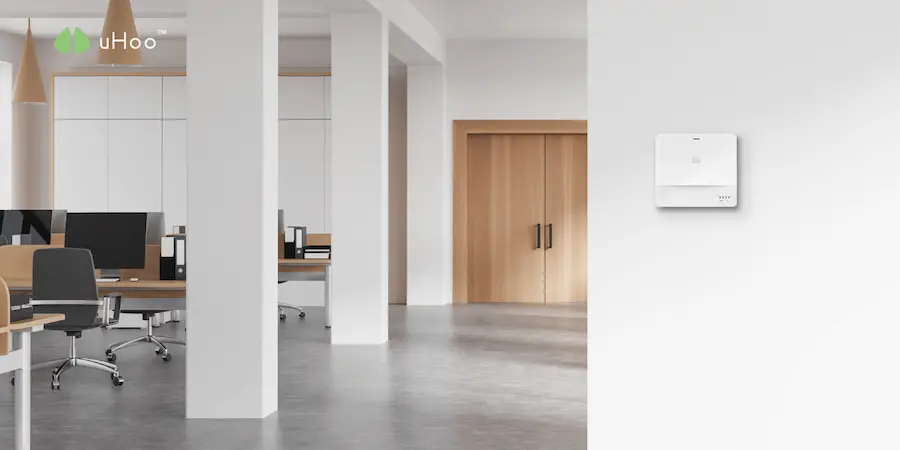“Office air” isn’t exactly synonymous with “crisp mountain breeze.” More like “stale coffee and printer toner,” right? We were definitely feeling the effects of it at our office: the afternoon brain fog, the constant dry throats, the general feeling of being…blah. We knew something had to change.
So, we embarked on a quest for cleaner office air. It wasn’t a grand, sweeping initiative with consultants and fancy gadgets (at first). It started with simple things: opening windows more often, encouraging people to bring in plants, and even just reminding everyone to take a walk outside during lunch.
But we wanted to go deeper. We wanted to know exactly what was going on with our air. That’s when we discovered the uHoo air quality monitor.
Honestly, it was a bit of a revelation. This little device, sitting unobtrusively on a shelf, started spitting out data that we never even considered. We saw the CO2 levels creeping up in the afternoons, explaining our collective brain drain. We noticed the humidity consistently dipping too low, leading to those dry throats and eyes. And, surprisingly, we even detected spikes in VOCs (volatile organic compounds) during certain times of the day, likely from cleaning products or new office furniture.
The uHoo didn’t just tell us we had a problem; it showed us where and when the problems were happening. This data was invaluable.
Here’s how it helped us, and how it can help your company:
- Pinpointing Problem Areas: We realized our ventilation system wasn’t working as efficiently as we thought, especially in certain areas of the office. The uHoo data allowed us to target those areas for improvement.
- Data-Driven Decisions: Instead of relying on gut feelings, we had concrete data to back up our requests for better air quality. This made it easier to convince management to invest in improvements.
- Proactive Problem Solving: We could see trends developing, like the afternoon CO2 spikes, and take steps to address them before they became major issues. For example, we adjusted our break schedule to encourage more frequent ventilation.
- Employee Awareness: We shared the uHoo data with our team, which helped raise awareness about the importance of air quality. It wasn’t just “us” complaining anymore; it was measurable, real data.
- Long term tracking: By tracking the data over time, we were able to see the impact of the changes we made. We were able to make sure that the changes we made were actually working.
Essentially, the uHoo gave us the power to take control of our office environment. It wasn’t just about feeling better; it was about creating a healthier and more productive workspace for everyone.
If your company is looking to improve its air quality, I highly recommend investing in an air quality monitor like the uHoo. It’s a small investment that can make a huge difference in the health and well-being of your employees. And honestly, who doesn’t want to breathe easier at work?



